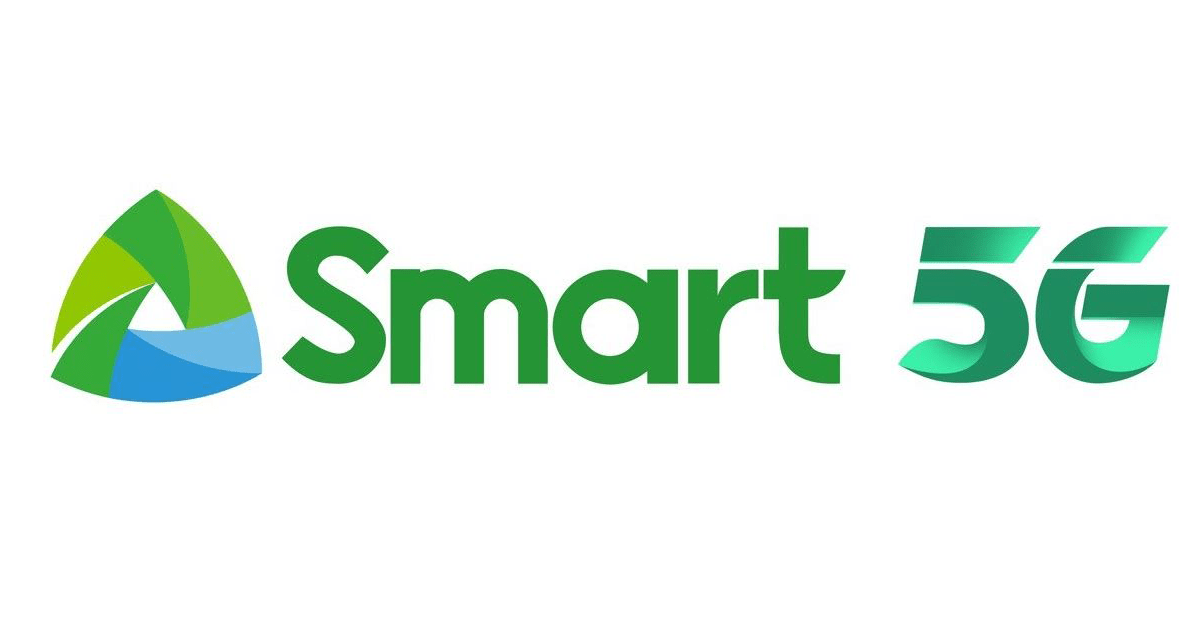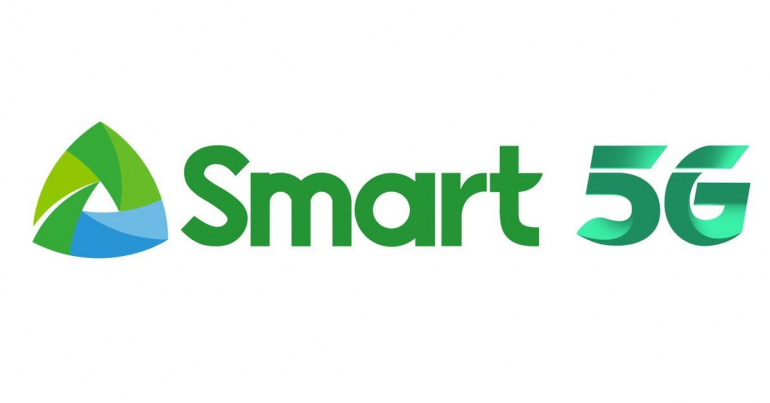 The commercial launch of 5G in the Philippines will not only bring super-fast Internet to mobile phone users but will also introduce a new generation of digital services for both individual consumers and enterprise customers.
The commercial launch of 5G in the Philippines will not only bring super-fast Internet to mobile phone users but will also introduce a new generation of digital services for both individual consumers and enterprise customers.
“5G is a major milestone in the development of mobile phone services and digital technologies. It is a platform that enables new technologies such as artificial intelligence, internet of things, cloud computing and other digital services, that when combined, will not only enhance existing services, but also make possible a new generation of wireless services.”
– Ramon R. Isberto, PLDT-Smart Public Affairs Head and First Vice President, in an interview with Cito Beltran’s Agenda on One News
Initially, 5G’s fiber-like speeds will improve entertainment services such as video viewing, e-sports, and e-games.
“Through your 5G-capable handsets, you can enjoy streaming of high-movement videos such coverage of sports events. You can now also enjoy e-sports and cloud-gaming and play your favorite PC games on mobile devices because of 5G.”
– Lloyd Manaloto, Vice President for Corporate Marketing and Strategy at Smart
5G will allow for new services such as wireless sensors for automation of factories, seaports and airports, for traffic management and e-health services. It may also enable the remote operation of devices and vehicles such as tractors and cranes.
In July, Smart announced the commercial deployment of its 5G mobile data network, which is initially available for Smart Signature, Infinity, and other Smart Postpaid subscribers who are using Smart-certified handsets with 5G-activated SIMs across key business districts of Metro Manila.
These areas include the Makati Business District (CBD), Bonifacio Global City CBD, Araneta City, SM Megamall, and SM Mall of Asia Bay Area. Smart 5G is also being rolled out in key high-traffic areas such as North Avenue in Quezon City and Taft Avenue in Manila, as well as in Ortigas CBD, and Clark Green City in Pampanga.
Note that to access Smart’s 5G network, you’ll need to satisfy the following requirements:
The strategy to deploy 5G has been at the core of Smart’s network planning over the past five years, investing nearly PhP260 billion in overall capital expenditure over the past five years. In 2019, the PLDT Group’s CAPEX reached a record P72.9 billion, and 2020 CAPEX is expected to reach P70 billion despite the slowdown in network rollout due to the quarantine protocols imposed in Q2 of 2020.
The CAPEX program enabled PLDT and Smart to establish the digital infrastructure needed to support the deployment first of 4G/LTE and later 5G.
This involved the deployment of an extensive fiber network, which is the most pervasive in the country and extends to over nearly 360,000 kilometers as of June 2020. Using its fiber network, Smart has been able to accelerate the nationwide rollout of its 4G/LTE service. To date, its high-speed broadband service is available in over 93% of the country’s cities and municipalities, serving 95% of the population.
For more information, click here.
Emman has been writing technical and feature articles since 2010. Prior to this, he became one of the instructors at Asia Pacific College in 2008, and eventually landed a job as Business Analyst and Technical Writer at Integrated Open Source Solutions for almost 3 years.







